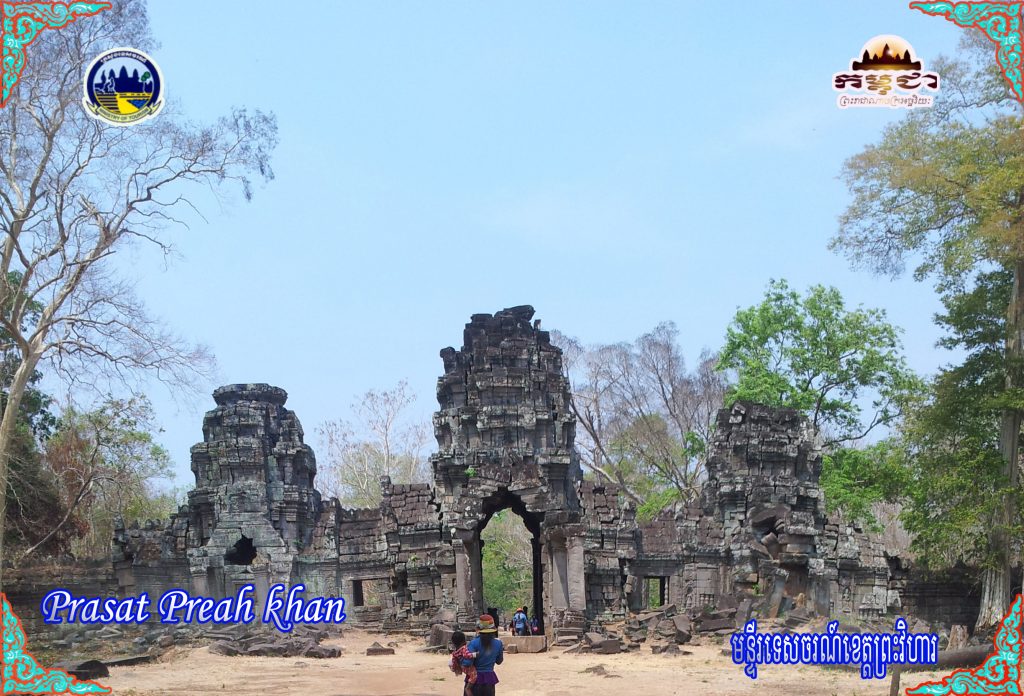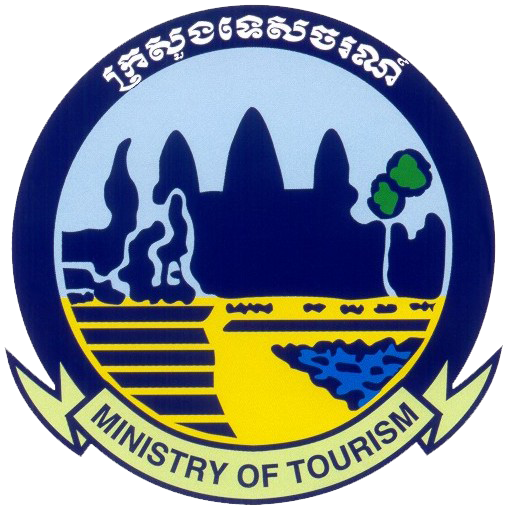The archeological complex of Preah Khan (of) Kampong Svay (ព្រះខ័ននៅកំពង់ស្វាយ) or Prasat Bakan (according to local pronunciation) or Bakan Svay Rolay is located 100 km east of Angkor, in Preah Vihear province, Cambodia. It stands as the largest single religious complex ever built during Angkorian Era, as its exterior enclosure is about 5 km square, even if the isolated location makes it one of less visited Angkorian sites.
There are few historical data about Preah Khan Kompong Svay. French scholars argued it had been founded in the 11th century, probably by Suryavarman I. It was a royal residence during the kingdom of Suryavarman II and even Jayavarman VII lived here, before recapturing the capital city of Yasodharapura from invading Chams in 1181, and improved the complex.
After some French missions at the turn of the 19th century, Victor Goloubew in 1937 engaged in aerial surveys which revealed the true extent of the complex.

Many famous Khmer sculptures come from here, such as the putative head of Jayavarman VII which is displayed at the National Museum of Phnom Penh. The sculptures and carvings of Preah Khan of Kompong Svay are among the peak works of Khmer art and the temples have been widely sacked in the past during official expeditions, such as during Louis Delaporte’s, whereas thieves have largely damaged many structures while looting sculptures and carvings from the second half of the 1990s.
Preah Khan Kompong Svay covers an area about 5 kilometers square, is oriented to north-east and has four concentric enclosures. It was provided with water by a large baray (2.8 km by 750 m but almost completely dried at present), which crosses the eastern side. On an artificial island (mebon) in the middle of the baray there is Preah Thkol (ព្រះថ្កោល), a cruciform temple in sandstone with a standing central tower. In the southeastern corner stands the remains of the 15 metres high pyramid of Preah Damrei, with laterite enclosure and two stone elephants (Damrei means elephant) at its upper corners. The other two elephants are exhibited at the National Museum of Phnom Penh and Guimet Museum in Paris.
Inside the exterior enclosure, in the middle of the western side of baray, there is Prasat Preah Stung (ព្រះស្ទឹង), with a peculiar four-faced central tower in Bayon style, which is preceded by a landing-stage with nāga balustrades. A laterite causeway leads from here to a centric enclosure, 701 m by 1097 m, surrounded by a moat and endowed with four gopuras similar to Angkor Thom. Near the eastern gopura there is a dharmasala.
The inner laterite enclosure contains the central sanctuary, that stands on a two-tier platform. The central tower collapsed because of a looting attempt in 2003. It has entrances in all cardinal directions and is rounded by a windowed gallery.
This site was added to the UNESCO World Heritage Tentative List on March 27, 2020 (originally proclaimed September 1, 1992) in the Cultural category.

